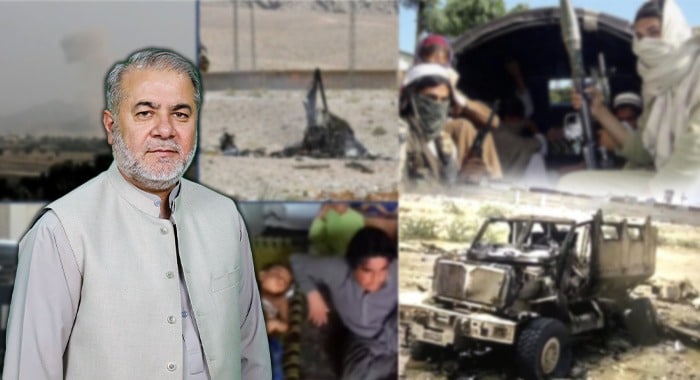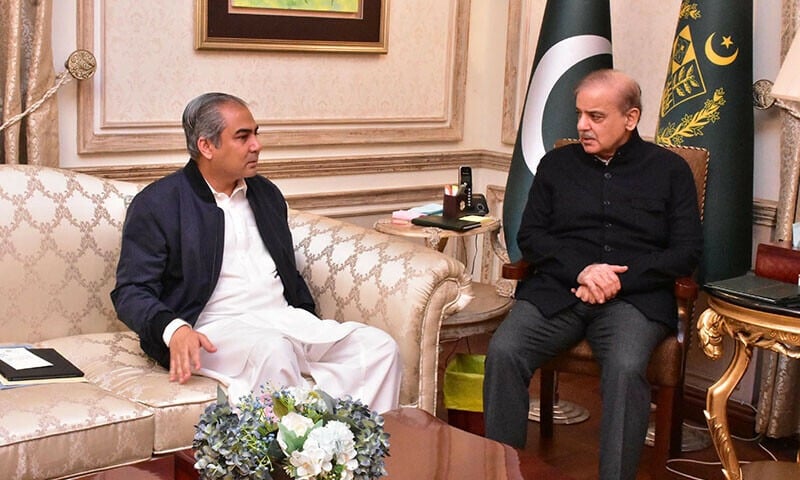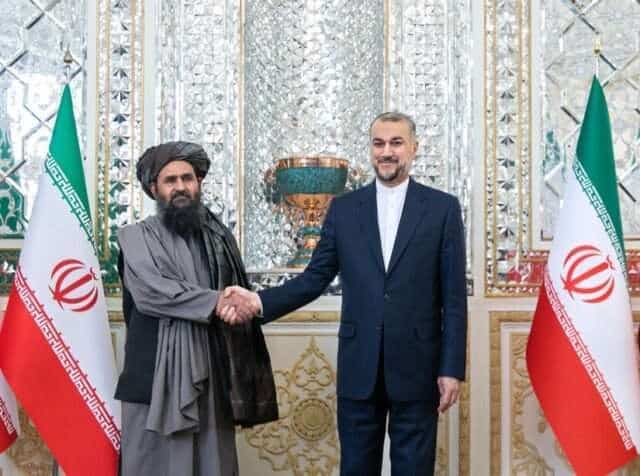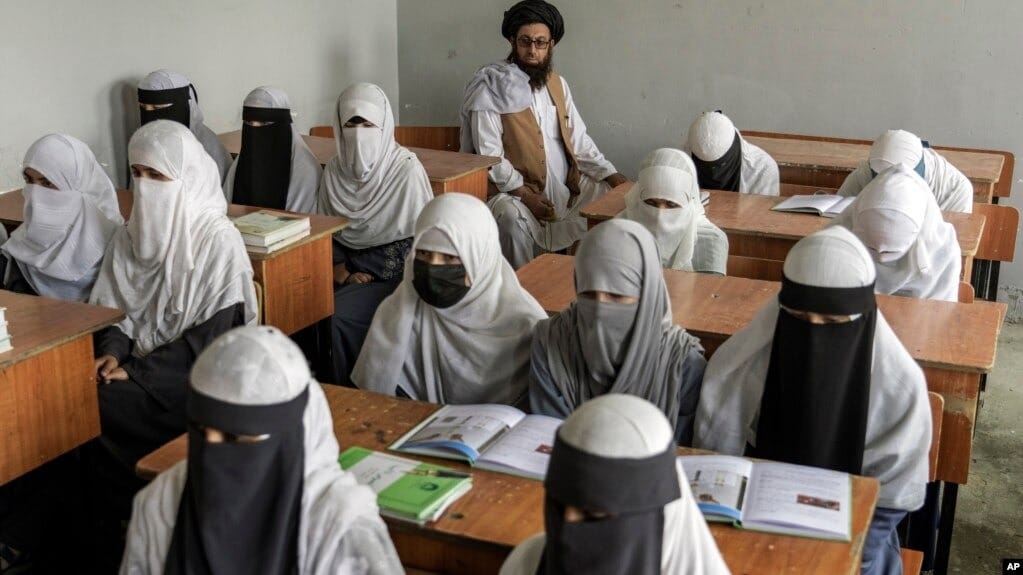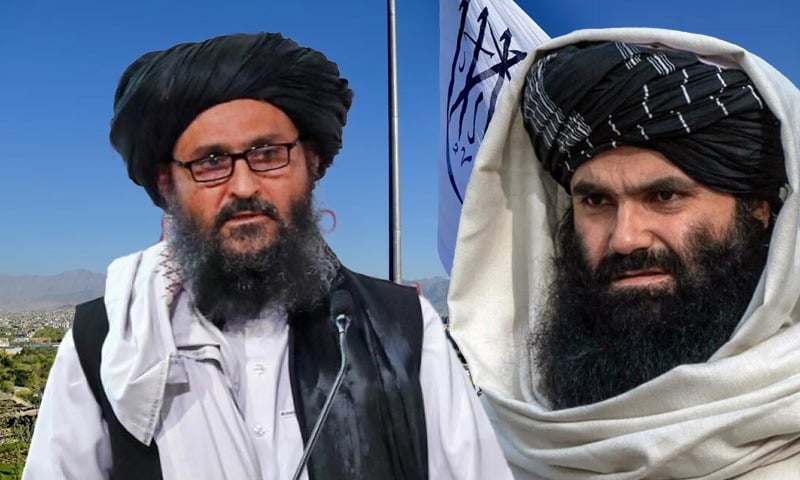The twin attacks in North Waziristan one targeting an army convoy in Mir Ali and the other ambushing security personnel in Ghulam Khan have once again shaken the fragile calm of this war-scarred region. In a span of mere minutes, 13 soldiers were martyred, and three civilians were critically injured. In retaliation, security forces killed 14 militants. But these figures tell only a fraction of the story. Behind these statistics lies a troubling reality: the spectre of militancy, which was once thought to be vanquished, is reasserting itself deadlier, more organised, and disturbingly familiar.
A vehicle packed with 800 kilograms of explosives hurtling towards an army convoy is not an ordinary occurrence. It is a logistical feat that demands local facilitation, expert planning, and extensive training elements that cannot exist without some degree of local collusion or, at the very least, silence. The question that arises and must be confronted is how such a heavily laden suicide vehicle was prepared, stored, and deployed in a supposedly cleared zone. The uncomfortable answer points toward a breakdown of civilian oversight, security monitoring, and grassroots trust in state institutions.
The militants behind these attacks belong to the rebranded face of terrorism in the region, what some have called the “Fitna of Al-Khawarij,” a splintering and mutation of older factions that once dominated Waziristan. While the Tehrik-e-Taliban Pakistan (TTP) remains the principal umbrella group, rival splinter factions like those led by Hafiz Gul Bahadur continue to operate with deadly precision. Though not formally part of the TTP, these groups are just as anti-state, just as determined, and arguably more lethal in their planning and execution.
To understand how we arrived here, we must revisit the military operation Zarb-e-Azb, launched in 2014. It was the most ambitious counterterror operation in Pakistan’s history, aimed at uprooting an entire ecosystem of militancy entrenched in North Waziristan. At its peak, the region was a cauldron of global jihadism: Al-Qaeda, Afghan Taliban, Punjabi and Sindhi Taliban, Chechens, Uzbeks, and various local factions operated openly. The operation succeeded in forcing many of them across the border into Afghanistan. But what it failed to achieve was the complete dismantling of the ideological and logistical infrastructure that nurtures these groups.
Particularly telling is the historical role of Hafiz Gul Bahadur’s faction. Once seen as a pro-state militant group, they formed the Shura-e-Ittehad-ul-Mujahideen as a counterweight to the TTP. Their cadres even fought NATO forces in Afghanistan, positioning themselves as strategic allies of the Pakistani state. But over time, and especially after the 2014 operation, their position turned. Although they largely retreated into Afghanistan, their attacks — whenever they do occur are highly coordinated and devastating in impact. The recent strike on a mine-resistant vehicle, an armoured carrier similar to what U.S. forces use, is a case in point. The group’s ability to carry out such a high-impact attack raises serious questions about their remaining networks inside Pakistani territory.
What makes the situation in North Waziristan even more alarming is the sheer resilience of the militant infrastructure. Fertilizer components that can be turned into explosives, the prevalence of smuggling routes, and unregulated vehicle movement in remote areas allow militant actors the space to regroup. Despite the heavy toll of the conflict with entire populations displaced, many still in camps, and decades of suffering — the results of Pakistan’s costly military operations have proven inconclusive. In fact, many locals believe the sacrifices of the army and the people have been squandered.
One must also consider the impact of Afghanistan’s evolving political dynamics. Since the return of the Afghan Taliban, the border has become even more porous for militants seeking sanctuary. The leadership of the TTP and other factions now operate with relative freedom in Afghanistan, as cooperation from Kabul remains minimal. Peace talks once a possibility are no longer on the table, neither from Islamabad nor from the militants, who now seek to regain territorial space through bloodshed and violence.
Compounding the problem is the continuing alienation of the local population. The recent imposition of a curfew in North Waziristan, banning motorbike movement and public gatherings, is yet another reminder of the heavy-handed responses that often do more to alienate locals than to deter militants. People have lost faith. Many never wanted to return home after displacement but were assured that peace had been restored. Now, with renewed violence and limited state protection, resentment is again simmering. The state’s weak policing capacity and over-reliance on paramilitary forces have left vast governance gaps.
It is easy to blame the local population for providing shelter to militants, but the truth is more complex. In tribal society, hospitality is a cultural obligation whether the guest is from the military or from a militant group. Refusing hospitality can be life-threatening. Poor families, faced with armed guests and no state protection, have few choices. However, the tide is shifting. As communities suffer blowback from such interactions, many now actively avoid militants, fearing retaliation from the state or worse, being caught in the crossfire.
Under Mufti Noor Wali Mehsud’s leadership, the TTP has restructured itself, adopting a more “political” stance. They have tried to limit civilian casualties and avoid targeting bazaars, hospitals, or schools not out of compassion but as a tactic to gain local legitimacy. But this should fool no one. Their ultimate aim remains the dismantling of the Pakistani state’s authority in tribal regions and the re-establishment of their writ through violence.
The choice for Pakistan is now stark. There is no public appetite for renewed peace deals with militants. The time for ambiguous policies and selective operations is over. The state must enforce an unambiguous counterterrorism doctrine, supported by a civilian-led governance model and local policing that restores trust. Half-measures will no longer suffice.
Waziristan cannot afford to become a revolving door for militancy — cleared by operations, only to be recolonized by returning factions. It is a wound that keeps bleeding. The sacrifices of our soldiers, and the suffering of our people, demand a strategy that ensures this war is brought to a definitive and just end.

